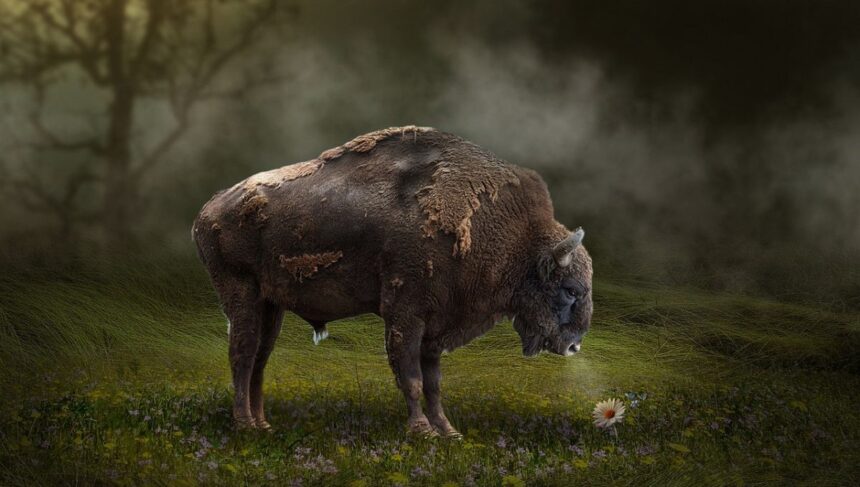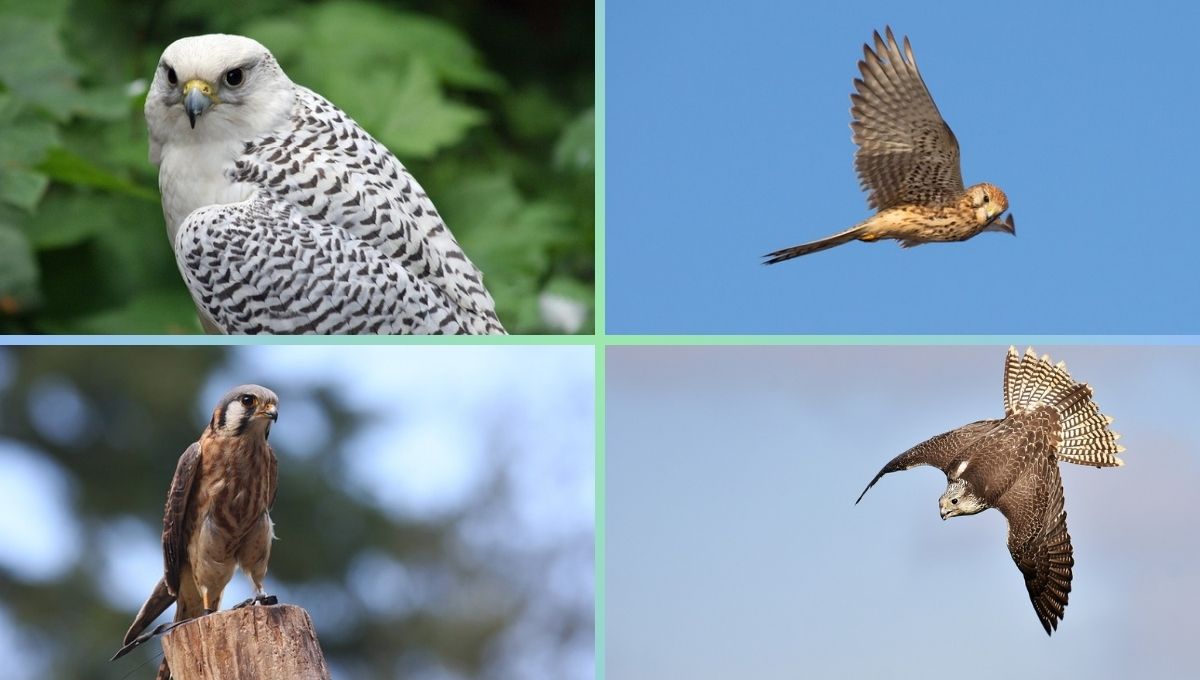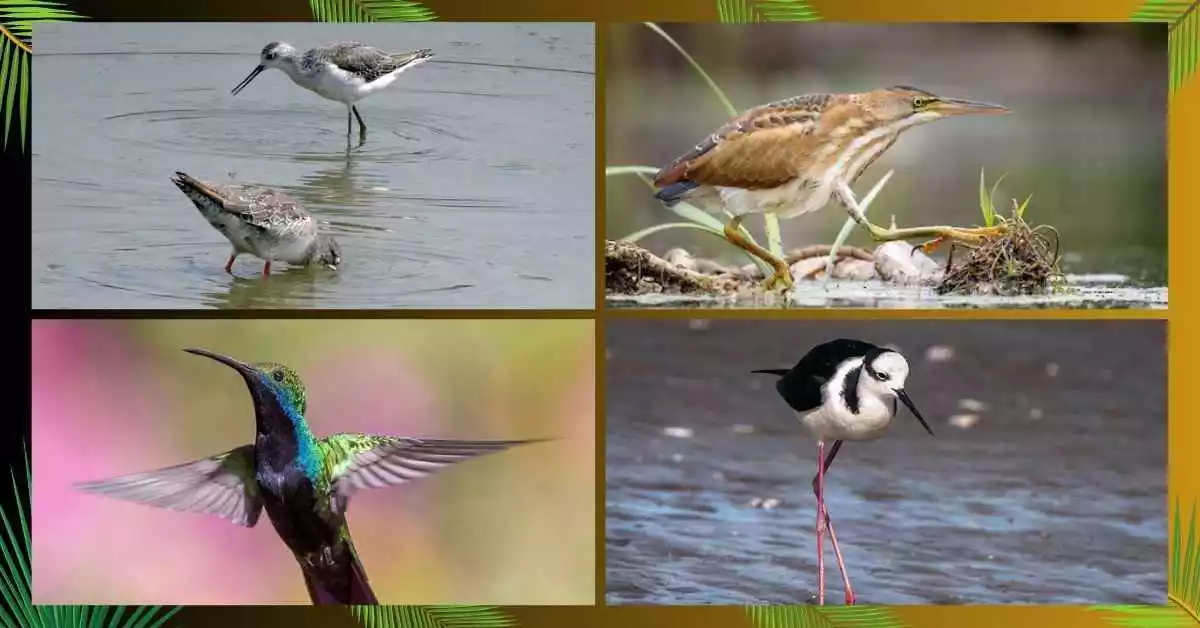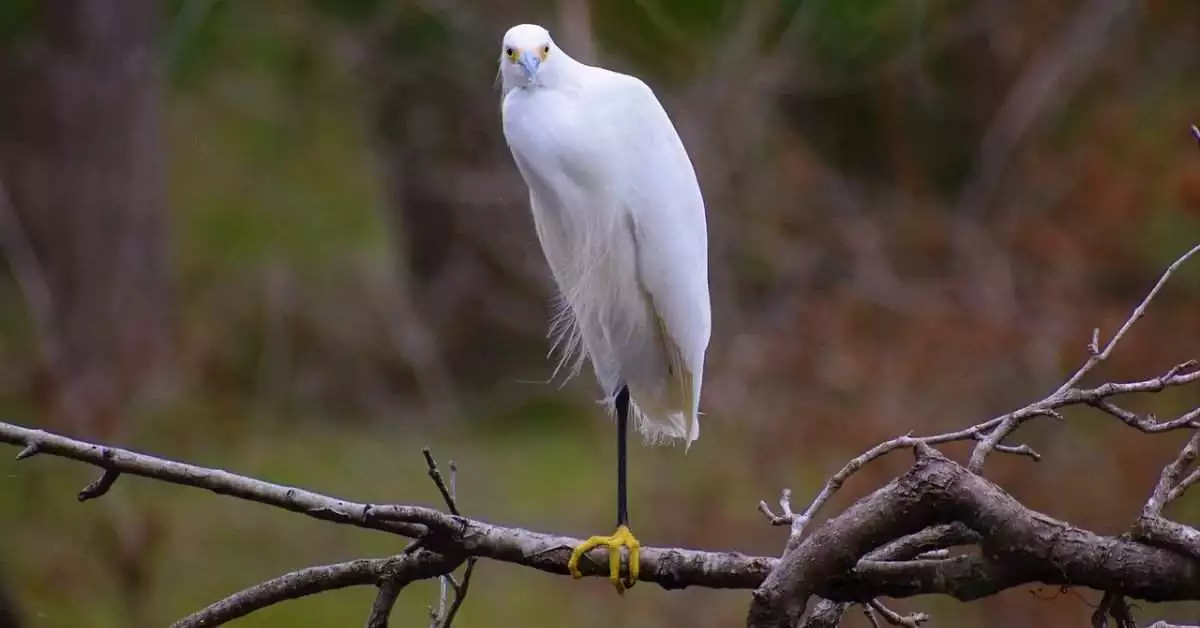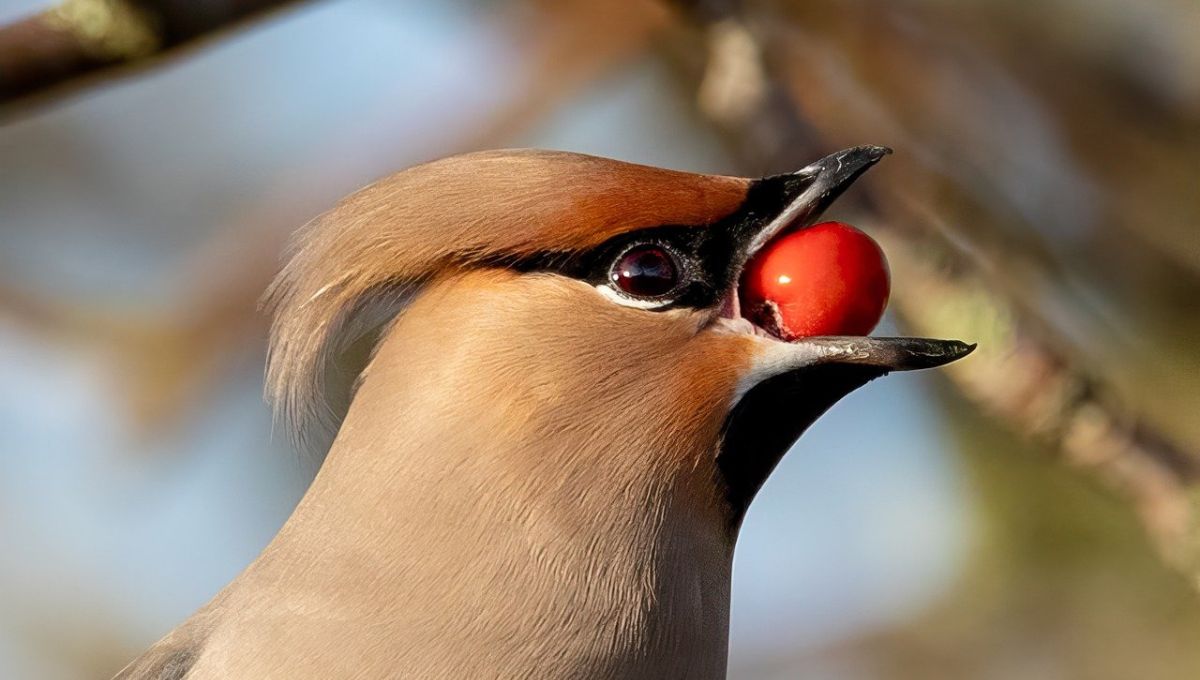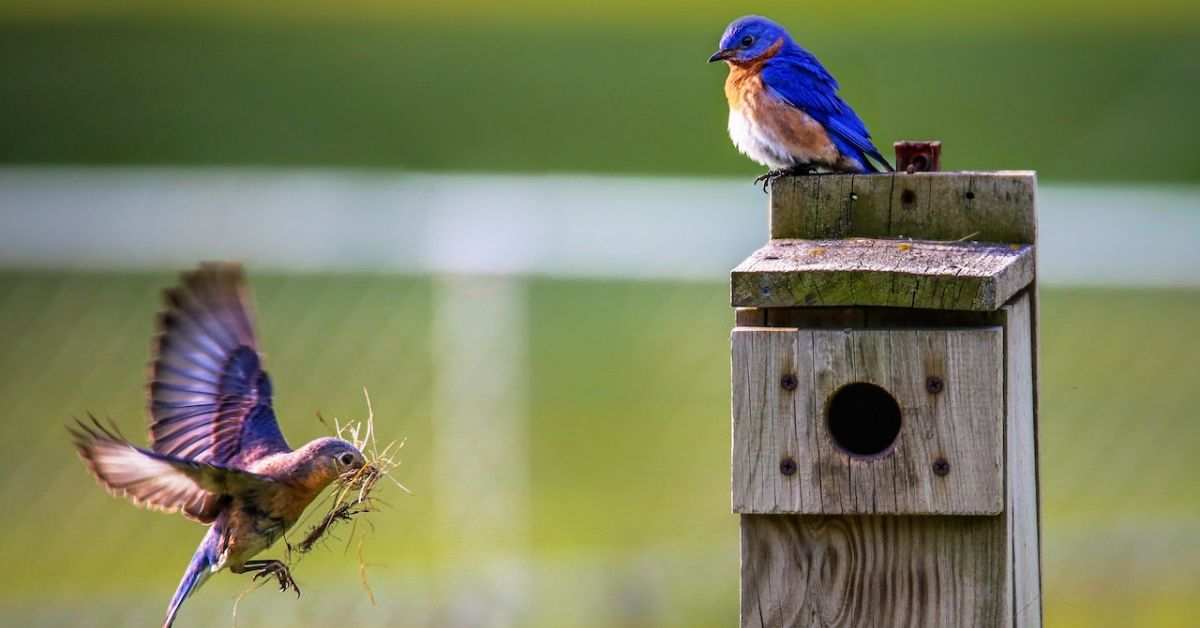Once a symbol of the vast plains and prairies of North America, the American bison (Bison bison) was hunted to near extinction in the late 1800s. From an estimated population of 30-60 million bison in the pre-Columbian era, their numbers dwindled to a mere 300-500 by the early 1900s. The relentless slaughter of bison for their hides, meat, and trophies, coupled with the introduction of cattle and diseases, brought this iconic species to the precipice of oblivion.
However, a remarkable turnaround has taken place, and the American bison is now making a triumphant comeback. Through dedicated conservation efforts and a growing appreciation for the bison’s ecological and cultural significance, their numbers have steadily increased. Today, there are over 500,000 bison roaming the grasslands, national parks, and private ranches of North America.
The bison’s resurgence is a testament to the power of conservation and the resilience of nature. It is a story of hope and determination, demonstrating that even the most endangered species can be brought back from the brink of extinction.
The recovery of the American bison is largely attributed to a combination of conservation efforts, including:
- Habitat Protection: Establishing and expanding protected areas, such as national parks and wildlife refuges, has provided safe havens for bison populations to thrive.
- Captive Breeding Programs: Captive breeding programs have played a crucial role in increasing bison numbers and reintroducing them to suitable habitats.
- Disease Management: Controlling and preventing diseases that threaten bison populations has been essential for their long-term survival.
- Public Awareness and Education: Raising public awareness about the plight of the bison and their importance to the ecosystem has fostered support for conservation efforts.
The American bison is an integral part of the prairie ecosystem. Their grazing habits play a vital role in maintaining healthy grasslands, promoting biodiversity, and preventing wildfires. Bison create trails and dust wallows that provide habitat for various plant and animal species. They also consume invasive plant species, contributing to the overall health of the ecosystem.
The American bison holds profound cultural significance for Native American tribes. Bison provided sustenance, clothing, shelter, and tools for generations of indigenous peoples. The bison is also a revered symbol of strength, resilience, and spiritual connection to the land.
While the American bison has made a remarkable recovery, conservation efforts must continue to ensure their long-term success. Ongoing challenges include:
- Habitat Fragmentation: The loss and fragmentation of bison habitat due to human development and agriculture pose a significant threat to their populations.
- Disease Outbreaks: The risk of diseases spreading among bison populations remains a concern, requiring ongoing monitoring and management strategies.
- Public Perception and Management: Balancing the needs of bison conservation with the concerns of landowners and communities is essential for ensuring the coexistence of bison and humans.
The return of the American bison is a remarkable conservation success story, offering hope for other endangered species. It is a reminder of the importance of protecting wildlife and preserving their habitats. As we continue to appreciate the bison’s ecological and cultural significance, we must remain committed to their long-term survival, ensuring that these majestic creatures continue to grace the plains of North America for generations to come.
